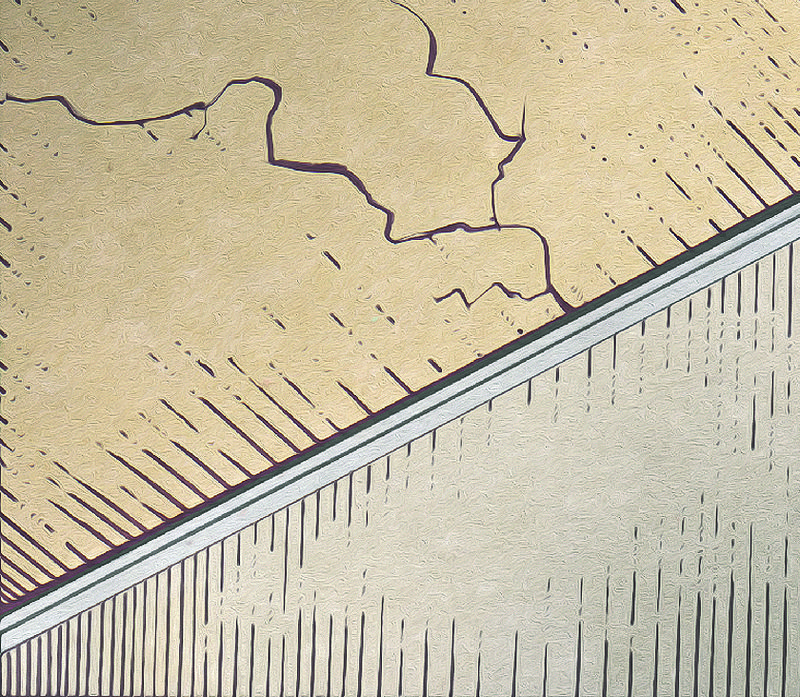Last week you wrote about cracks in Sheetrock walls. What about ceiling cracks? The Sheetrock in the ceiling of my living room has developed a long crack in it and I don’t feel any moisture there. Why is this happening and what can I do to fix it and prevent it from happening again?
“Those unsightly cracks can certainly be annoying and even get you to thinking that your house is settling or the house has some type of structural problem developing,” says Tim Hennelly, owner of Casa Buena house inspections of Little Rock. “Well, rest easy because what you have described does not sound like it is related to any kind of settlement. Structural related cracks are usually going to first develop in the walls as opposed to the ceilings.”
The reasons why the crack has developed can be quite varied and may not be too obvious, Hennelly says, adding that typically, moisture is not going to be a reason for a crack developing. Instead, moisture will usually show itself as a stain or if enough moisture is present, the drywall would begin to sag.
Thermal expansion and contraction of the house could be a cause, with materials in the house expanding in hot conditions and contracting in cooling periods. Moisture vapor or the lack of it can also have an effect, with drier, less humid conditions causing shrinkage and humidity causing expansion.
“The continual movement of these opposing actions may have finally gotten to the point which caused the affected material to show the stress in the form of a crack,” Hennelly says, adding that above the ceiling Sheetrock are the ceiling joists to which it’s attached. Then there is ceiling insulation, attic space and the roof itself. Improper fastening of the Sheetrock or poorly installed joint tape and joint compound can also have an effect, he explains.
“A lack of sufficient ceiling insulation is going to allow the ceiling joists [or trusses] to expand or contract based on climactic conditions. Poor attic ventilation can cause elevated heat or moisture conditions, which can cause excessive expansion.”
Another cause, Hennelly says, may be that the span of the ceiling joists allowed for a slight sag (more stress on the attached drywall) to occur.
“Before repairing the crack I would suggest addressing any deficient conditions above the drywall,” he says. Solutions include installing a brace along the top of the ceiling joists to stiffen them and decrease any movement.
To do this, nail a two-by-four or two-by-six flat across the top of the ceiling joists. Then install another two-by-four or two-by-six on its edge and nail it into the first board, Hennelly advises.
If you need more insulation or improved attic ventilation, now is the time to do it.
“The repair of the crack is fairly simple although the easy fix is usually not the best,” Hennelly says. Simply caulking the crack or applying a thin coat of joint compound and then painting it will likely mean that the crack will soon be visible again.
“From my years of remodeling I found that a little extra effort always produced better results,” Hennelly says.
“Begin the repair by locating the ceiling joists and install more drywall screws on each side of the crack. For each joist install four screws, two on each side of the crack. The first one about 3 inches from the crack and the second one about 6 inches away from the first. Do the same on the other side of the crack and repeat the process for each joist down the length of the crack. Remove any loose debris from the crack using a putty knife. If the crack is along a taped drywall joint, it is usually best to score the drywall with a razor knife a bit wider than the width of the tape and take out the old tape. Following the instructions for applying tape and joint compound, install the tape and compound. After feathering the joint, lightly sand, prime and paint as needed.”Do you have a decorating or remodeling question? Send your question to Linda S.Haymes, Arkansas Democrat-Gazette, P.O. Box 2221, Little Rock, Ark. 72203 or email: [email protected]
HomeStyle, Pages 35 on 08/17/2013

